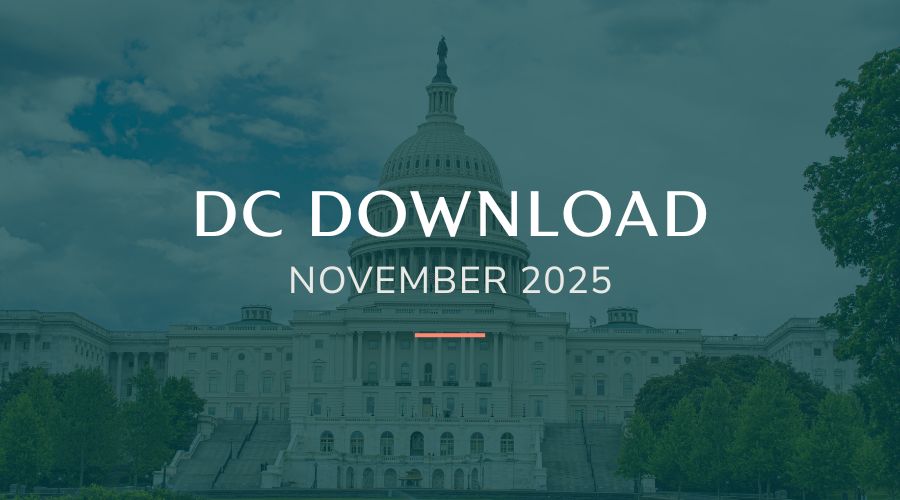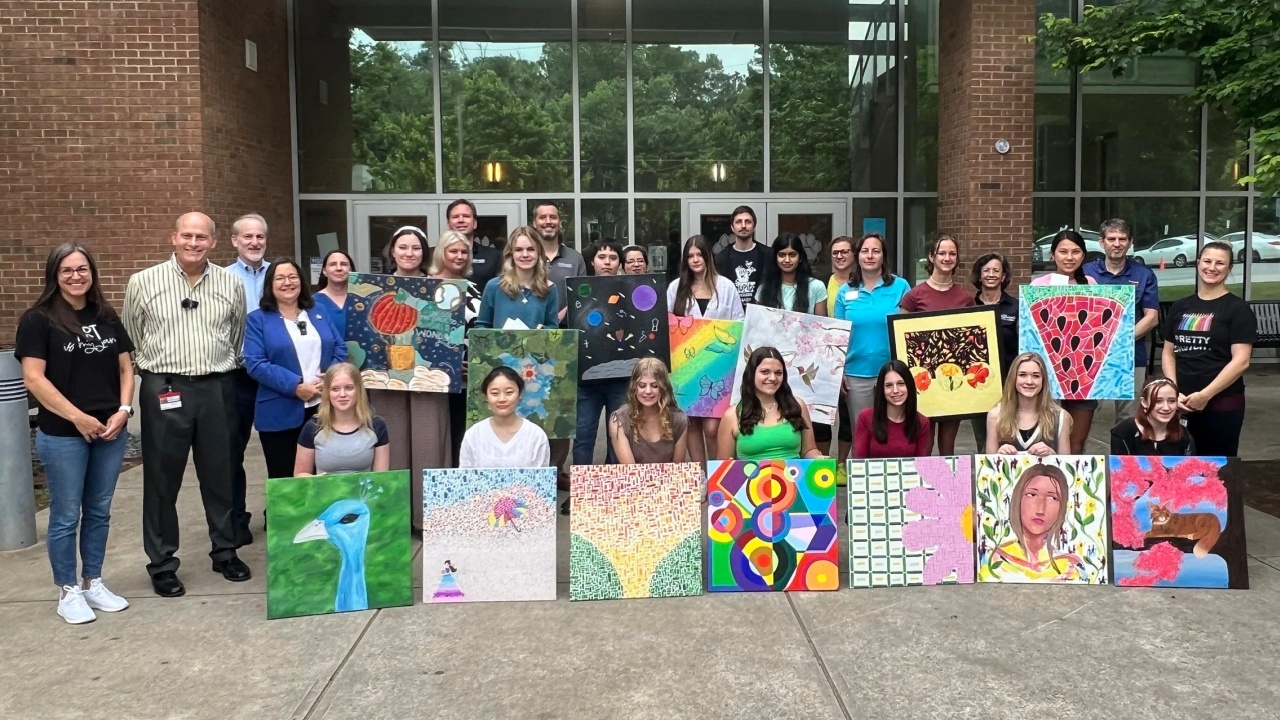Since our August roundup of research, we’ve seen yet more new insightful data and analyses. This month’s roundup touches issues like gender discrimination along geographic and racial lines, global giving, affordable housing, food security, and fundraising in the first two quarters of 2018.
The Effects of Sexism on American Women: The Role of Norms vs. Discrimination
Last month, three economists released a working paper highlighting the continued divergence across the U.S. in social attitudes about women in the workforce. The most striking takeaway according to the paper’s authors was that a woman’s lifelong earnings and how long she works are influenced by levels of sexism in the state where she was born—and that the trend holds even for women who move to states where the levels of sexist attitudes vary significantly from their birth state. To define sexism for the study, the researchers drew upon Census Bureau and General Social Survey data over years documenting attitudes about women’s role in society. Though levels of sexism have declined across the board over time, there are still drastic differences in levels between states.
More on the report:
• How Sexism Follows Women From the Cradle to the Workplace
The State of Global Giving by U.S. Foundations
In August, the Council on Foundations and the Foundation Center released an analysis of all grants above $10,000 to international aid causes by the top 1,000 nonprofit funders between 2011 and 2015. The report found that foundations contributed more than $35 billion overall during the half-decade period, $9.3 billion of which went to international aid. The portion represents a 29 percent increase from five years prior. Within the rise in gifts to international aid were some shifts in the subjects being addressed, with the most notable being reproductive healthcare—the $1 billion given to such efforts in 2015 represents a tripling of the 2011 figure. The report also highlighted that many of the largest U.S. donors in global aid philanthropy are now located on the West Coast, as well as what the trend means for global health and international development practitioners.
More on the report:
• U.S. foundations are spending more and more on international aid
• Growing number of big US funders based on the West Coast
Our Bodies Our Stories
In August, the Urban Indian Health Institute worked with the CDC to release and interpret data collected in a 2010 survey documenting experiences of sexual violence among Native-American women living in Seattle. At the time of the survey, 94 percent of the 148 American Indian and Alaska Native women surveyed said they had been raped, and 53 percent were homeless. Although the findings are egregious, the report is especially significant for additional reasons. Speaking with Seattle Times homelessness reporter Vianna Davila, Urban Indian Health Institute’s Abigail Echo-Hawk said she believes the report is the first on sexual violence focused exclusively on Native women living in an urban setting that also addresses factors like historical trauma. Though most studies of Native communities focus on those on reservations, about 71 percent of American Indians and Alaska Natives live in urban areas.
More on the report:
• Nearly every Native American woman in Seattle survey said she was raped or coerced into sex
Variation in Development Costs for LIHTC Projects
Earlier this month, National Council of State Housing Agencies Executive Director Stockton Williams contributed commentary on a new report documenting the cost-effectiveness of different approaches to creating affordable housing for low-income families. The report’s findings, according to Williams, suggest that the long-running debate over whether the private or public sector is the most cost-effective avenue for affordable housing solutions is a false dichotomy. In fact, one of the most cost-effective solutions, the Low-Income Housing Tax Credit (or simply the Housing Credit), is administered in a public-private partnership. In addition to highlighting the Housing Credit as an exemplar for cost-effectiveness, the report (called “Variation in Development Costs for LIHTC Projects“) is the most comprehensive quantitative analysis of the costs of affordable housing development to date.
More on the report:
• The evidence is in on a cost-effective way to build affordable apartments
The State of Food Security and Nutrition in the World 2018: Building climate resilience for food security and nutrition
Earlier this month, the UN released a report on the global state of food security and nutrition, with a special focus on measuring the resilience of food systems in the face of climate extremes and variability. The report indicates that the number of undernourished people in the world is up for the third year in a row. Other key takeaways in the constellation of food insecurity indicators from the report (“State of Food Security and Nutrition in the World“) include:
- Recent extreme weather events have taken a toll on food shortages, and countries hit the hardest by such events have more hungry people.
- Obesity is on the rise worldwide as well. In the same way that food insecurity contributes to undernourishment, it can also contribute to the undernutrition that contributes to obesity. Many countries are dealing with undernourishment and obesity concurrently.
More on the report:
• The Fight Against World Hunger Is Going In The Wrong Direction
Fundraising Effectiveness Survey Report
Thanks to the Growth and Giving Initiative, there is at last early data on the impact the new tax law has had on charitable giving! If you’ve been following us in the months since (and even before) the passage of the Tax Cuts and Jobs Act in late 2017, you likely saw numerous projections from different sources forecasting the same trend. Namely, the blow nonprofit bottom lines would suffer under the new tax law, particularly due to the doubling of the standard deduction. Along with the annual Fundraising Effectiveness Survey Report, the Growth and Giving Initiative released quarterly fundraising reports for the first and second quarters of 2018. Although the numbers track with the predicted drops—with decreases in donors and revenue across the board—the report represents demonstrable numbers to support future advocacy for proposals like a universal charitable deduction as we look ahead to tax reform 2.0.
Add Your Voice
The research summaries above are by no means an exhaustive list of the newest information out there to help us better understand the nonprofit landscape. So if we missed a report you think we should know and share about, let us know by leaving a comment!



